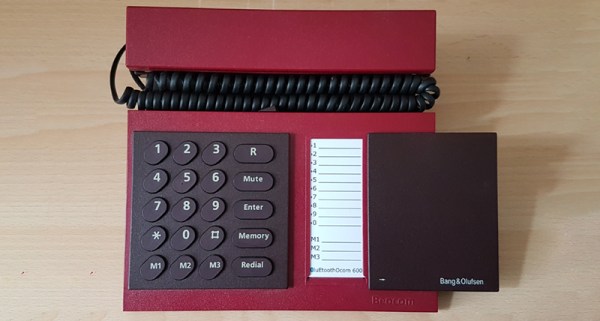An audio distortion analyzer is a specialist piece of analogue test equipment that usually costs a lot of money and can be hard to track down on the second hand market. Finding one is a moment of luck for the average engineer then, but [Thomas Scherrer OZ2CPU]’s discovery isn’t quite what he might have hoped for. Nonetheless, his Bang and Olufsen K3 Distortion meter DM1 from 1979 is still an interesting and high quality piece of test equipment, and the video below the break makes for a worthwhile watch.
Bang and Olufsen are best known for high-end design Hi-Fi units, thus it’s a surprise to find that in the past they also manufactured test equipment. This distortion meter isn’t a general purpose one, instead it’s designed to measure tape recorders in particular, and it uses an elegant technique. Instead of injecting a sine wave and removing it from what comes out in order to measure the products of the distortion, it records a 333 Hz sine wave onto a tape, then measures the strength of its 3rd harmonic at 1 kHz as an indication of distortion. It’s a working distortion meter made with clever analogue circuitry for a fraction of the cost of the more conventional models that HP would have sold you at the same time, even if it doesn’t give the same THD figure you might have been looking for.
If distortion interests you, it’s a subject we’ve looked at in the past.
Continue reading “It’s An Audio Distortion Analyzer, Just Not The One You Were Hoping For”















